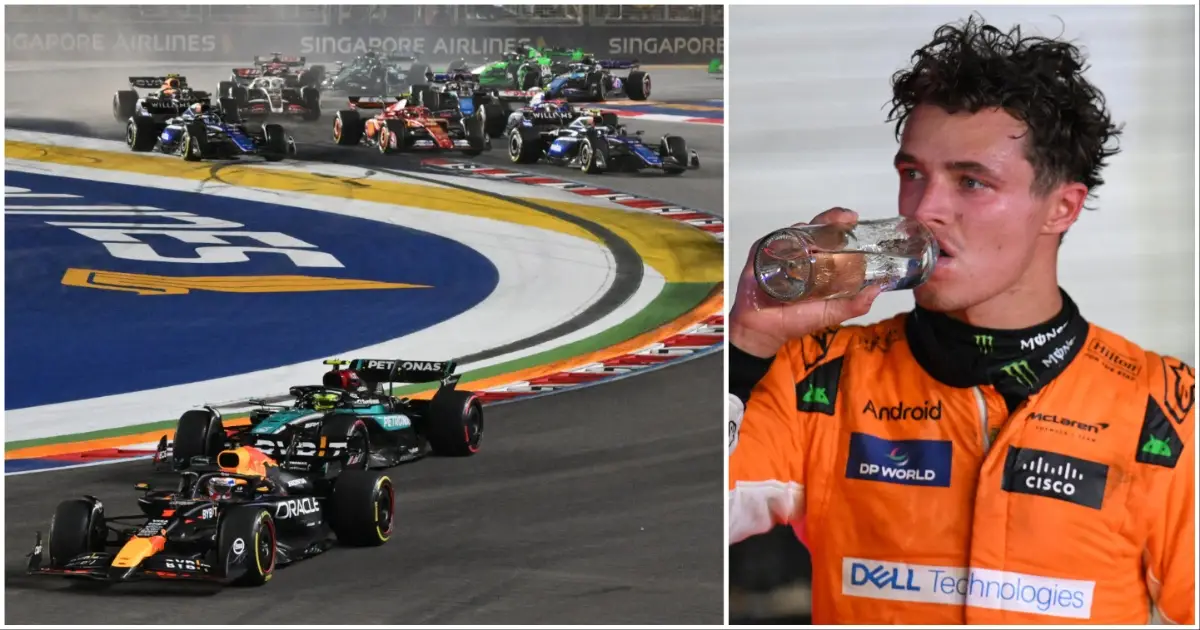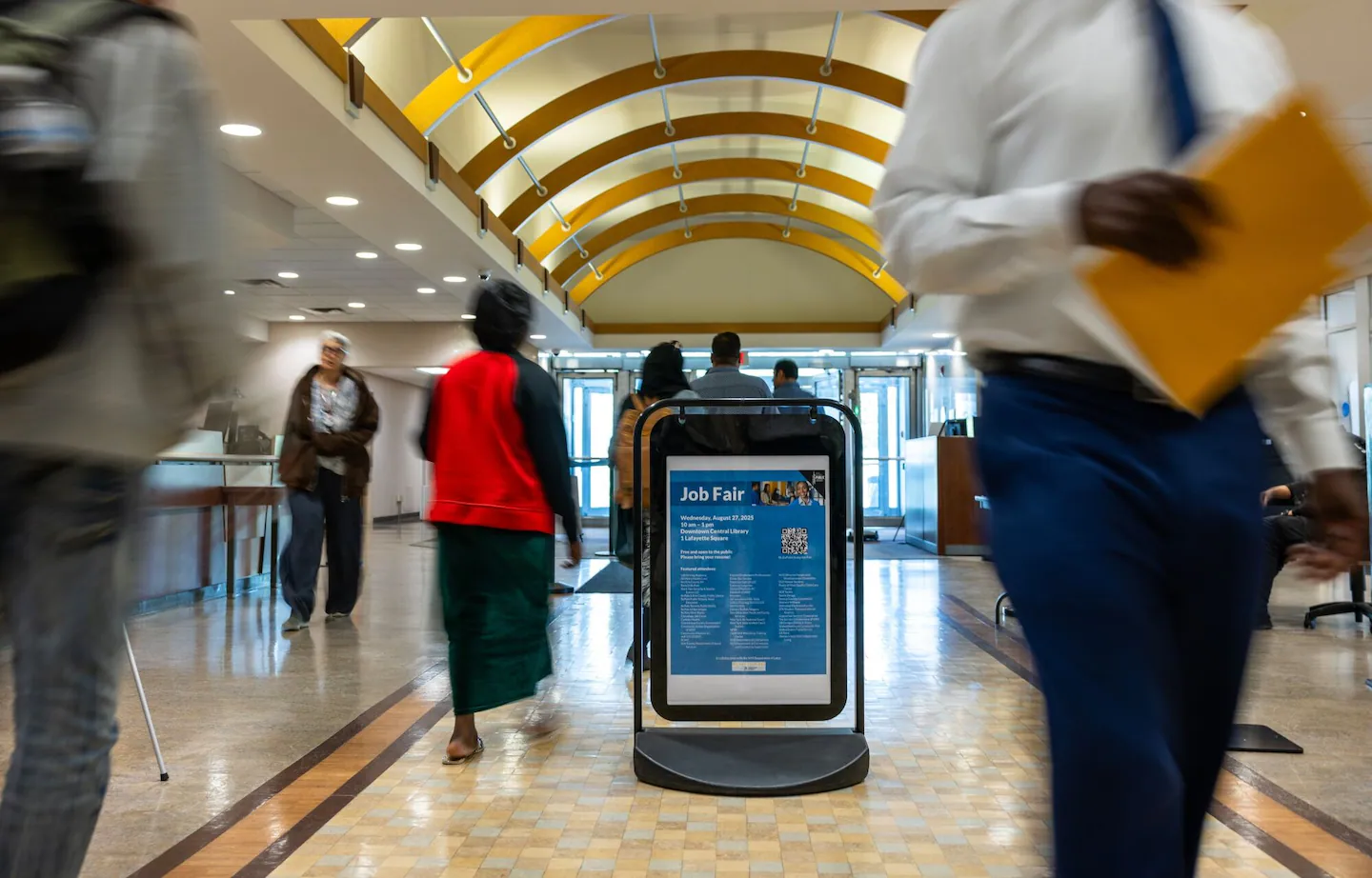
With the Singapore Grand Prix taking place over the weekend, Formula 1’s governing body, the FIA, have for the first time ever labelled the race as a heat hazard. These new rules have been put in place in order to prevent the risk to drivers of overheating due to the demands put on their bodies in the car.
The Marina Bay street circuit in Southeast Asia is known for its bumps and the strain that this puts on the drivers. Adding real hot temperatures into the mix will make it all the more tiresome as the drivers hit speeds of over 200 miles per hour.
It was confirmed by Rui Marques, the racing director, that conditions could reach over 31°C during Sunday’s race, making it warm enough to be named a ‘heat hazard’ under new regulations. This means that drivers are allowed to wear cooling vests to regulate their body temperature as best as possible.
What Heat Hazard Means in F1
Marques said on Thursday: “Having received a forecast from the official weather service that the heat index will be greater than 31°C at some time during the race… a heat hazard is declared.”
With the race lasting up to two hours, the drivers can lose up to three kilogrammes over the duration. The vests use tubes that produce a flow of coolant, which connects to a coolant reservoir, designed specifically for this purpose. Drivers can choose not to use the system, but would instead be required to add 0.5kg of ballast to the car to make up the weight of the missing hardware needed for the vests to function.
The new cooling system was only introduced two years ago at the 2023 Qatar Grand Prix as a result of drivers feeling severely unwell due to the extreme hot weather. It has been a welcomed change for some, helping reduce the risk of overheating for the drivers.
When the vests were first introduced it was mandatory to wear them. Some drivers complained to the FIA about them not working correctly, which was the main cause for making them be made optional to wear, should the weather surpass the required heat threshold.
What F1 Drivers Have Said About Temperatures While Driving
The latest technology has provided mixed reviews from some drivers. George Russell was the first to try the new system in Bahrain earlier this year. The British driver said after the race: “Of course, there’s always room to improve, but for us as a team, they’ve been putting in so much hard work and had the confidence that the system would work that I wanted to give it a whirl. So far, so good.”
Williams driver, Carlos Sainz Jr, meanwhile, was more concerned about the humidity levels rather than the temperature itself. He said this week: “Humidity, on its own, is not too bad at all if it’s not too hot, but when it’s 28, 30 degrees plus humid, that’s when it gets to Singapore levels, and it’s tough.”
When asked how this coincides with the cooling system, the Spaniard added: “I think teams are managing to make it work better and better every time we run it. At the beginning, we had it to work more or less for half an hour. I think, hopefully, now the whole system can work at least for an hour.
“It’s a two-hour race. Again, I’ve done 10 times Singapore. If it breaks, or it doesn’t work, I’m not worried. I’ll do the race, and I’ll jump out fresh like I always do. But if it works, better because then you suffer a bit less.”
Sainz alluded to the bonus of having the help from the cooling technology, but insisted it wouldn’t affect his weekend should it fail to work like it is supposed to. One thing for sure is that it’s going to be a gruelling weekend in the car for all the drivers on the grid.



